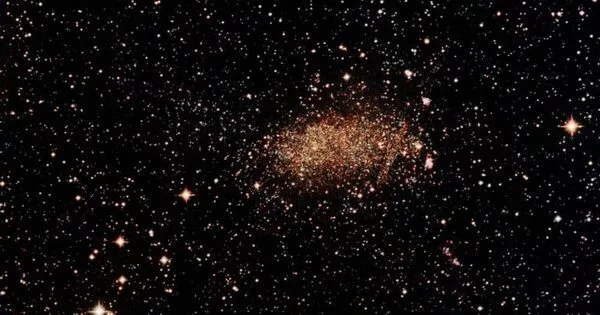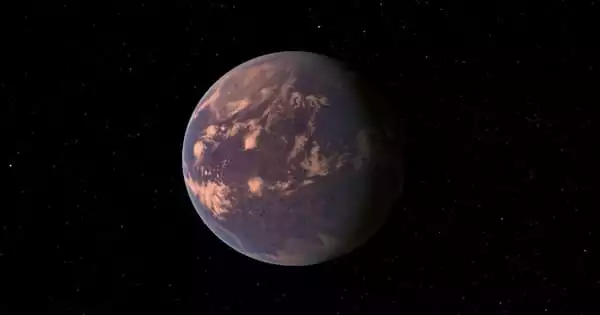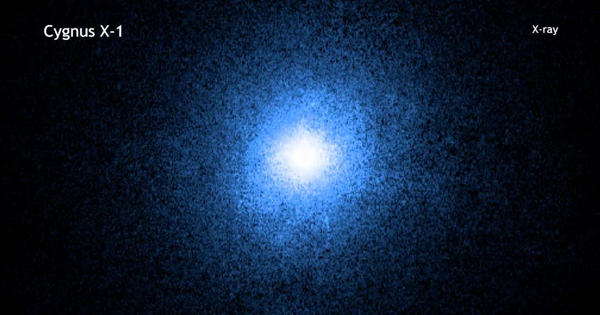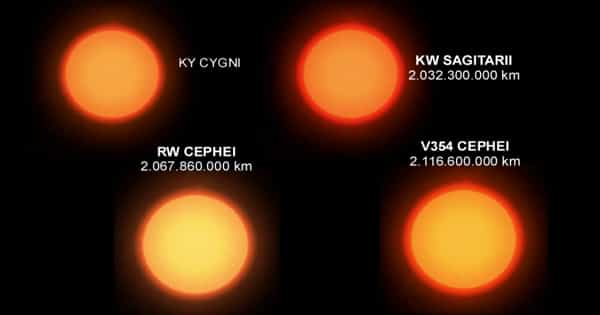NGC 6822 (also known as Barnard’s Galaxy, IC 4895, or Caldwell 57) is a barred irregular galaxy located in the constellation Sagittarius about 1.6 million light-years away. It is a member of the Local Group, which contains the Milky Way, the Andromeda Galaxy, and numerous smaller galaxies.
E. E. Barnard found it with a six-inch refractor telescope in 1884, as part of the Local Group of galaxies. It is the Milky Way’s nearest non-satellite galaxy, but it is slightly outside its virial radius. It is structurally and chemically identical to the Small Magellanic Cloud. It has a diameter of around 7,000 light-years.
Distance
It is approximately 1.6 million light-years away from Earth. This places it relatively close to our Milky Way galaxy. It is tiny in comparison to larger galaxies. Its diameter is believed to be roughly 7,000 light-years.
Observational history
E. E. Barnard found NGC 6822 with a six-inch refractor telescope in 1884. It is classed as a dwarf irregular galaxy. It lacks a well-defined structure and does not have a recognizable spiral or elliptical shape.
Edwin Hubble detected 15 variable stars (11 of which were Cepheids) in this galaxy in his study N.G.C. 6822, A Remote Stellar System. He also examined the distribution of stars in the galaxy down to magnitude 19.4. He described the spectral properties, luminosities, and dimensions of the five brightest “diffuse nebulae” (giant H II areas), which included the Bubble and Ring Nebulae. He also calculated the galaxy’s absolute magnitude.
The discovery of eleven Cepheid variable stars by Hubble was a watershed moment in astronomy. Hubble calculated a distance of 214 kiloparsecs or 698,000 light-years using the Cepheid Period-Luminosity relationship. This was the first system to have its distance determined beyond the Magellanic Clouds. (Hubble repeated this technique with the Andromeda and Triangulum galaxies). His distance to the galaxy exceeded Harlow Shapley’s estimate of 300,000 light-years for the universe’s size.
Hubble concluded the “Great Debate” of 1920 between Heber Curtis and William Shapley on the vastness of the cosmos and the nature of the “spiral nebula” in the paper. All spiral nebulae were soon discovered to be spiral galaxies far beyond our own Milky Way.
















